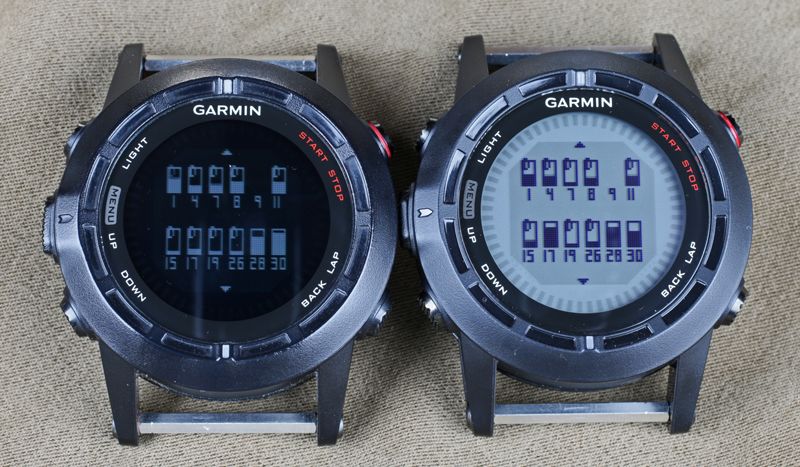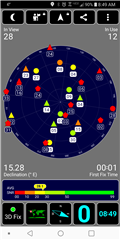Has anyone done any detailed comparisons between the tracking accuracy of different satellite modes on the Fenix 6 yet?
Is it better to stick with the tried and tested GPS + Glonass or is GPS + Galileo theoretically superior even though it's still in development?






